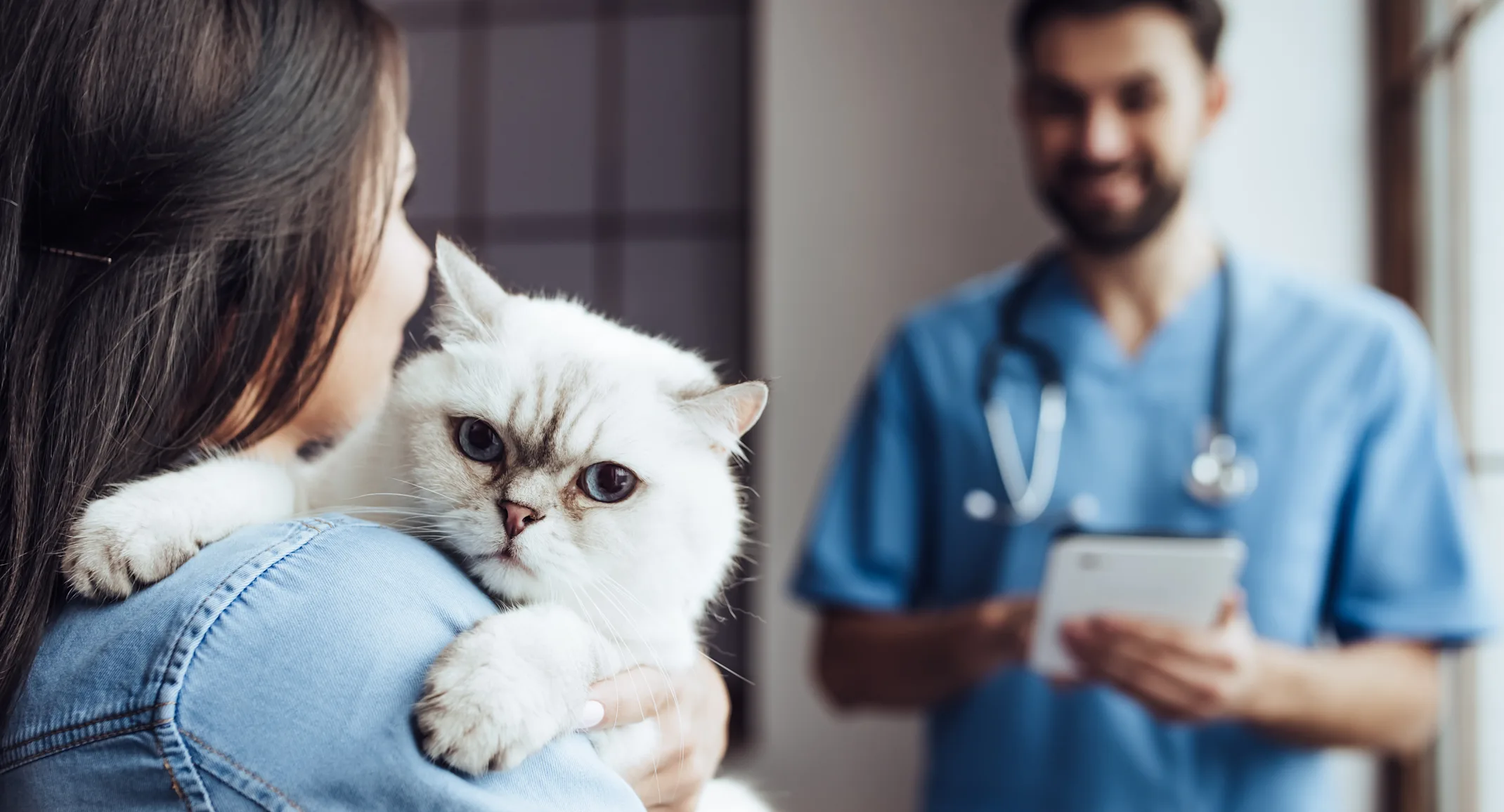How To Plan Ahead For Pet Emergencies
General

Let’s face it — there is no foolproof plan to prepare yourself for a pet emergency; after all, that’s why they’re called emergencies. You’re not anticipating your dog to swallow a rubber band, or your cat to have a seizure, and there’s certainly no predicting if or when you’ll have to evacuate your home. But there are certain measures you can take in the event of an accident or natural disaster, so you can shorten the time it’ll take for your pets to get the help they need.
STEP 1: IDENTIFY IMPORTANT CONTACTS
There are three contacts you should always have on your emergency list:
Your (or your nearest) veterinary clinic
Your nearest emergency vet clinic
Animal Poison Control Hotline number
If you are a new pet owner and have yet to choose a veterinarian, do your research and find out which clinic might be right for you. Visit their site and read reviews to see what services they offer, and call ahead to see if they take your pet insurance. You should also check to see if they have boarding available. If not, take note, and see if they recommend any places where you can safely board your pet. To save time, you should also save the number and address of your nearest emergency vet clinic. If you’re in Loveland, you can visit our emergency vet specialists page.
In the event you need to leave your home immediately, it’s also important to have a list of the following on hand (or in your phone):
Pet friendly hotels, motels, or inns
Shelters or out-of-town relatives/friends your pet can stay with
We recommend finding a couple of pet-friendly hotels within 10 miles of your home and also a couple outside of a 50-mile radius and do the same for shelters. You should also ask any family members or friends if they’d be okay to house you and your pet, or just your pet, in the event of an emergency.
STEP 2: PREPARE AN EMERGENCY KIT
Most homes have a first aid kit on hand. As a pet owner, you should have a pet emergency kit. First, you’ll want a carrier or crate that comfortably fits your pet and the backseat of your car. The carrier should have a tag with your pet name, your name, and your contact information. You'll also want a separate portable bag with the following:
Two-weeks worth of food
Two-weeks worth of any medications
Travel litter box & litter for cats
Plastic bags for dogs
Medical records (including vaccination and rabies shots, medical history, etc…)
Service animal letters/papers (if applicable)
Microchip number (if applicable)
Leash or harness
Typically, pet food has a long shelf-life, but you may go for months without needing to use your emergency kit. Remember to replace food before it expires!
Other optional items to add to your emergency kit include your pet’s toys or blankets. If your pets can’t part with these items, then consider grabbing these items right before you leave your home. Emergencies are stressful and a familiar squeaky toy may be the trick to soothing their nerves.
STEP 3: PRACTICE EVACUATING
During an actual emergency, it’s important to focus on the next step and keep calm. Your pet can sense when you’re stressed and may mimic your nervousness. And when you add on taking them to your car, to the vet, or to a completely unfamiliar place into the equation, they could become emotionally traumatized.
One way to ease your pet’s anxiety is to get your pet used to your carrier and your car. At home, place the carrier in a familiar room. Open up all entryways to the carrier, and place their favorite toy or a few yummy treats inside throughout the day. Remember to be patient, as it can take more than a few days for your pet to become comfortable with it. Once they are at ease inside the carrier, take your pet to your car and drive around the neighborhood. After every ride, reward them with treats and lots of love!
Our goal at Loveland Veterinary Clinic is to keep your pet happy and healthy. If your pet is in need of a vet, schedule an appointment with us and get to know our team. We look forward to meeting you and your special furry friend!
